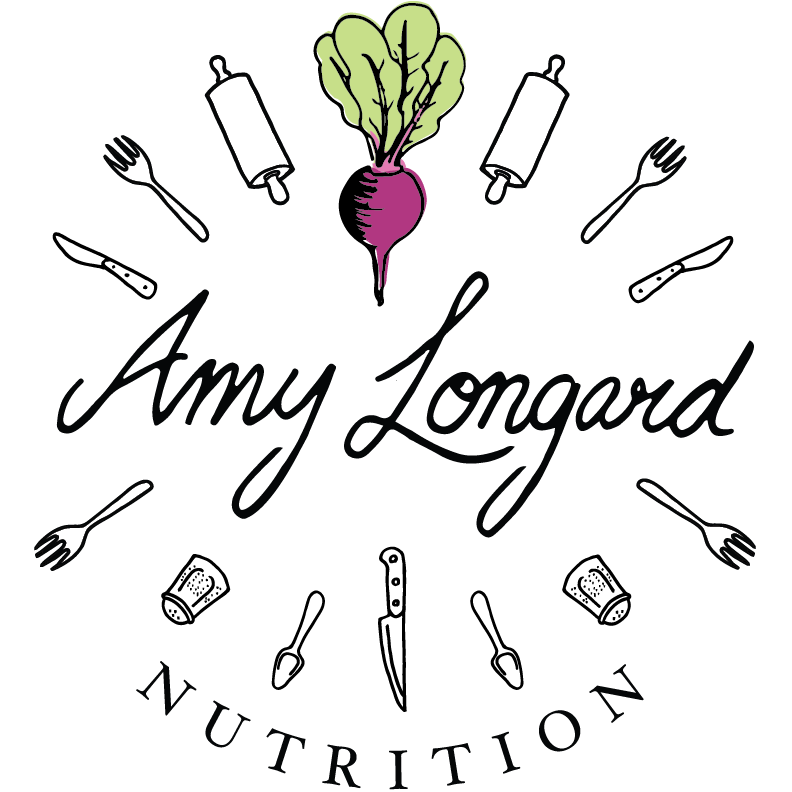Plant-Based Sources of Iron
If you’re an athlete, woman, vegan or vegetarian, you’re at higher risk of iron deficiency. As you probably know, low iron can lead to anemia, fatigue, weakness, poor circulation, headaches, and lots of other not-so-fun side effects.
As a vegan for over a decade, I have my iron tested every year or so, and luckily I haven’t struggled with this issue (except for slightly low iron during pregnancy). That said, I have taken measures to ensure that I incorporate iron daily in some way, shape or form. Below I’m going to share a few of my favourite plant-based ways to increase iron consumption.
Legumes:
Beans, lentils, and chickpeas are not only high in protein and fiber but also rich in iron. These versatile legumes can be included in a variety of dishes, such as soups, stews, and salads. By incorporating legumes into your diet, you not only increase your iron intake but also benefit from other essential nutrients like folate and magnesium. One of my favourite lentil recipes is called Mujadara (Mujaddara) which is a Middle Eastern dish featuring lentils, rice, and caramelized onions. You can find this recipe and many others on my recipe index.
Quinoa:
This nutrient-dense, gluten-free pseudo-cereal (aka a seed that are similar to grains) that contains a significant amount of iron. It stands out as a complete protein source, making it an ideal choice for those looking to maintain a balanced plant-based diet. Replace traditional grains with quinoa in salads, bowls, or as a side dish to add a nutritional punch to your meals. This is my favourite way to cook quinoa.
Nuts and Seeds:
Almonds, pistachios, pumpkin seeds, and sunflower seeds, are not only delicious but also packed with iron. These make for convenient snacks or can be sprinkled on top of yogurt, oatmeal or salads. Of course, don’t forget about nut butters, such as almond or sunflower seed butter, which make a nice alternative to peanut butter.
Tofu, Tempeh & Edamame:
Soy-based products like tofu, tempeh and edamame are rich in iron and provide a versatile base for various dishes. Tofu can be used in scrambles, stir-fries, soups, or on skewers, while tempeh can be grilled, sautéed, or transformed into meaty pasta sauces. I make a delicious Green Power Bowl featuring edamame, but I also like eating them lightly steamed with a bit of salt.
Leafy Greens:
Spinach, kale, collard greens, swiss chard, and beet greens are good sources of iron. I often speak with clients about incorporating greens into soups, smoothies and stews, but to be honest, I also truly enjoy a big ol' bowl of sautéed garlicky greens.
Fortified Foods:
Many plant-based products, such as certain breakfast cereals, plant-based milk (like fortified almond or soy milk), and nutritional yeast, are often fortified with iron. Incorporating these fortified foods into your diet can be an easy way to ensure you meet your daily iron requirements. Look for the “Nutrition Facts” label on cans, cartons, or boxes to find % Daily Value (DV) of iron. Ten to 15% is generally considered a good source of iron.
Cast Iron Cookware:
Cooking with cast iron cookware can contribute to your iron intake. When you cook acidic or moisture-rich foods in cast iron, a small amount of iron leaches into the food.
Lucky Iron Fish:
The Lucky Iron Fish is a small block of iron shaped like a fish that is used as a cooking tool to add iron to food and water. Simmer the fish along with soups or stews to up the iron content. I got my Iron Fish at Kardish Health Food Center here in Ottawa, but you can also buy them online.
A couple things to note:
Vitamin C can enhance the absorption of non-heme iron (the type of iron found in plant-based foods) when consumed together in the same meal. Include fruits high in vitamin C, such as oranges, strawberries, or bell peppers, in meals containing iron-rich plant foods like beans, lentils, and spinach.
Some substances can hinder iron absorption. For example, calcium and tannins found in tea and coffee can reduce iron absorption. Try to avoid consuming these inhibitors with iron-rich meals.
If you’re looking to learn more about plant-based nutrition and wellness, I think you’d be a great candidate for the “Fit & Healthy Over 40” program that I’m hosting with vegan fitness pro, Sam Shorkey in April. Over the course of 4 weeks, we’ll help you instil solid routines through weekly guided workouts, coaching, community, and cooking classes — all plant-based, of course. If you need structure and accountability to actually make changes in your life, we are here to support you! To learn more visit our program page or send me an email.
Chickpeas are a good source of iron and can be made into a delicious filling for wraps or sandwiches. Check out my super popular Chickpea Salad Wraps.

